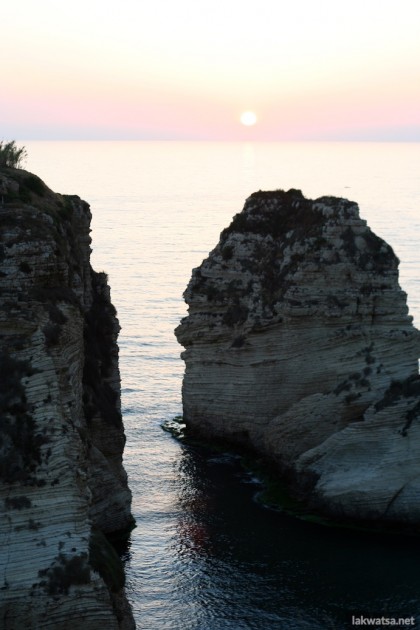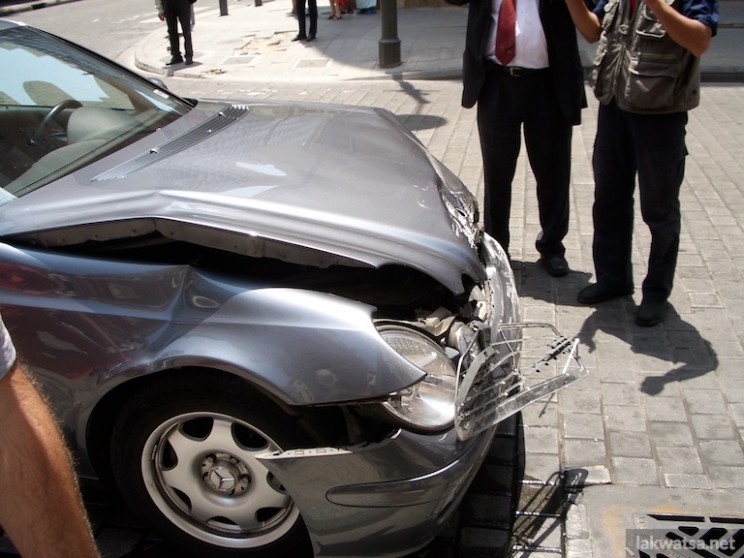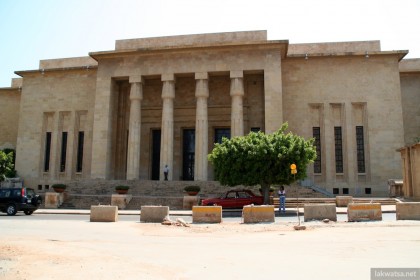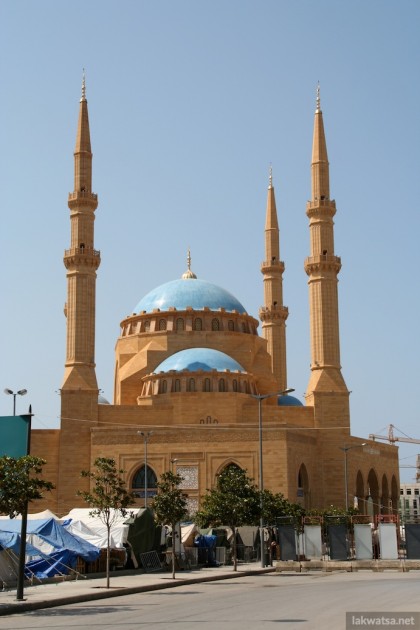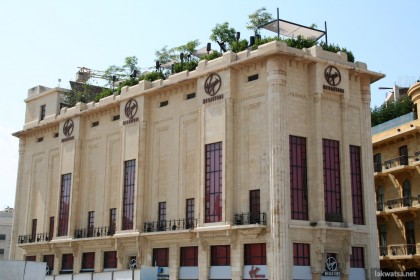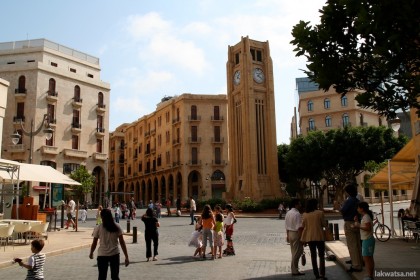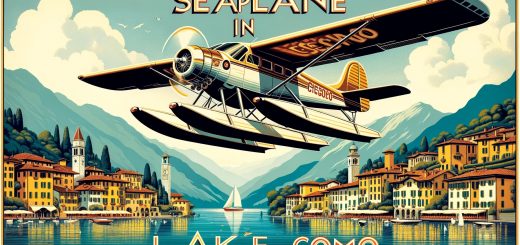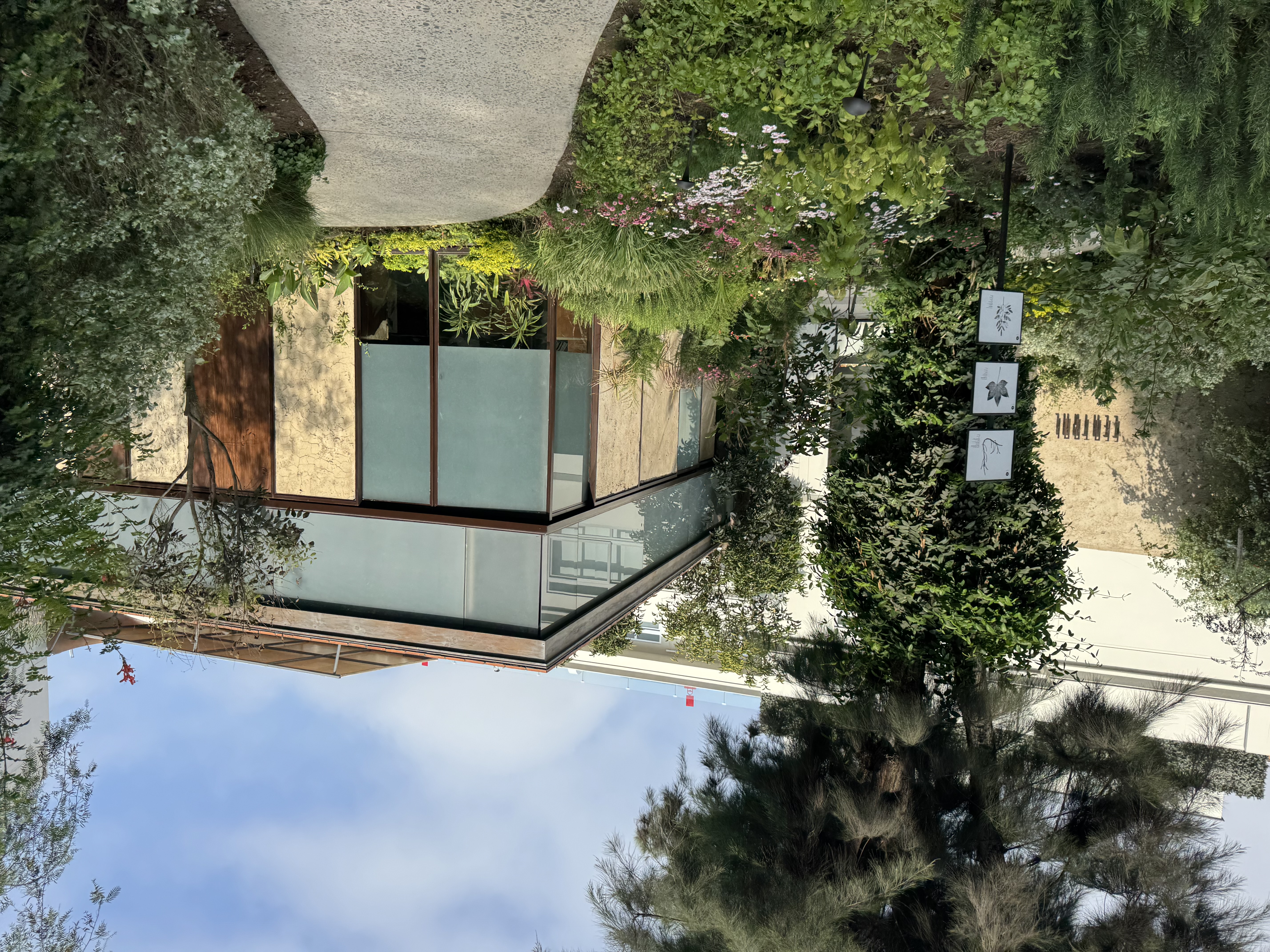Memories of Beirut
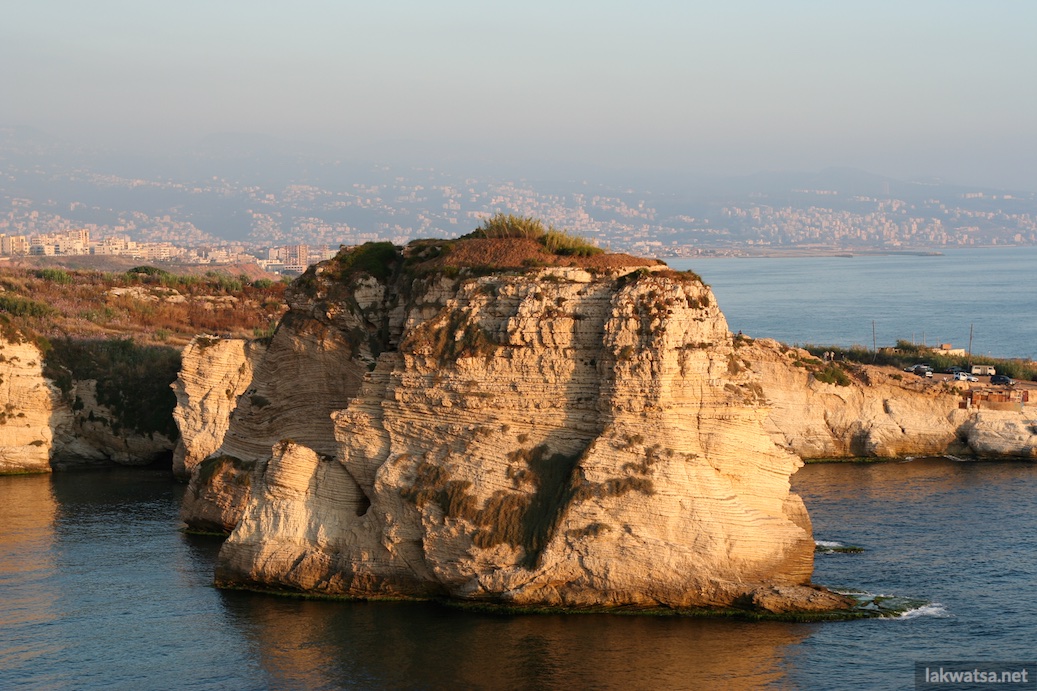
Beirut, Lebanon – written on May 27, 2007
Today was my first day in Beirut. I walked the Corniche, heading toward Raouché. At one point, I thought I had it all wrong, like Raouché was the other way. Then I saw a family. I asked if they spoke French. Two of them said yes, eager to help. They told me I was on the right path. As we parted, the man said, “Vous êtes les bienvenus ici” . It was the warmest thing I’d ever heard. I smiled.
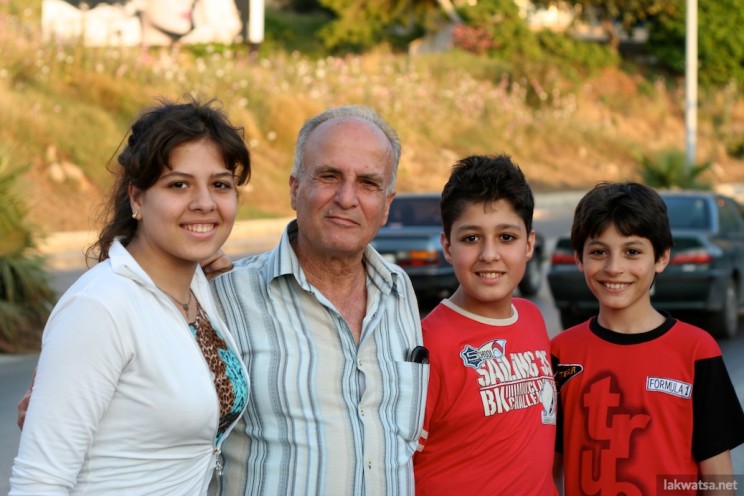
“Vous êtes les bienvenus ici!”. That must have been the most
heartwarming welcome I have ever heard. I smiled.
On my second day, I moved to a hotel closer to the center of Beirut, in the Hamra district. The taxi driver taking me there talked about how he’d like to be my guide around the city. I steered the conversation to other things, and soon we were discussing Beirut’s traffic. “It’s Sunday,” he said. “Easy to drive today.”
Minutes later, we crashed into another car at an intersection. I was in shock. In the back seat, I was fine, just banged my knee. It was sore. The driver seemed unharmed but stunned. People started gathering around us.
The car crash in Beirut
I got out of the car and saw the front crumpled. No windows were shattered, but the airbag hadn’t gone off. An ambulance pulled up. Across the way was the other car we hit. The driver seemed fine, but I couldn’t bring myself to look. I was scared. My hands trembled. A medic asked if I was okay. I nodded, said yes, but inside, I felt awful. Sad. Another car came to pick me up. I told the driver I was sorry. He smiled, said he’d be alright. But even now, I feel heavy about it. I know it could have happened anywhere, but it still weighs on me.
Lately, I’ve been traveling around the Mediterranean, drawn to its ancient history and influence on the Renaissance. Wherever I go, I visit the main archaeological museum. Over time, I’ve noticed how my understanding has grown. The Beirut National Museum stands out—it’s the keystone linking everything I’ve learned. It showcases artifacts from Lebanon’s Pre-history, through the Phoenician, Hellenistic, Roman, Byzantine, and Mamluk periods. It’s a true crossroads of history.
Crossroads, it is. When you are in Beirut, you neither feel you’re in the West, East, South or North. You think that you’re in a liberal society, but after some time, you notice that it is progressive in a singular way. Poverty is visible in Lebanon, but it is not as extreme as in Egypt, yet one cannot say that it’s at a level as that of European countries.
When I left the museum, I took a moment to get my bearings. I wanted to know which way downtown was so I wouldn’t look like a fool hailing a Taxi-Service on the wrong side of the road. Unlike regular taxis, Taxi-Service picks up multiple passengers going the same way. If you’re not from here, you’d better sharpen your negotiating. No meters in these cars. You’ve got to settle the price and destination before you get in. It gets tricky if the driver doesn’t understand you—or pretends not to. Best learn how to say the places in Arabic.
“Downtown, 1,000 pounds,” I told the driver. He nodded, and I got in. What I didn’t expect was his question, “Where downtown?”
“Martyr’s Square,” I said. He looked confused. “I’ll show you on a map,” I offered. That’s when the other passenger up front jumped in. I pointed to Martyr’s Square on the map but quickly changed my mind. I pointed to the Mohamed El-Amine Mosque instead. The passenger said the name in Arabic, and we all understood each other.
He was young, spoke perfect English. We chatted a bit before he got out at his stop. From the way he carried himself, I’d guess he was a student at one of Beirut’s top universities.
As we passed through the streets, there were checkpoints, tanks, and soldiers everywhere. “Aren’t you afraid to be here?” the driver asked. I told him, “I’m from the Philippines. In some places, it’s not much different.” He smiled and shifted into tour guide mode as soon as downtown came into view.
“I’ll tell you where to go. See that building? That’s the Parliament. And over there, that’s the Mohamed al-Amine Mosque. I can’t drop you there—the roads are closed—but it’s a short walk.” He paused and said, “I like you, my friend. Be careful in that area.” I got out, waved goodbye.
From a distance, I saw tents pitched beside the gleaming new Mosque. I wondered who was living there. Refugees? Protesters? I kept my distance, taking pictures. A young man came toward me from the camp, speaking in a language I didn’t understand. I tapped his shoulder, smiled. “Yeah, photos, photos, go,” he said. He seemed like he had more to say, but the language barrier stopped him. Later, I found out these weren’t refugees—they were Hezbollah supporters staging a sit-in since last year. That’s why the city center was sealed off, guarded by soldiers.
I wandered around, taking photos of Martyr’s Square. The place looked like a ghost town. Empty streets stretched through the heart of the city. I pulled out my map, trying to find my way when a soldier approached me. “Can I help you?” he asked.
“Yes,” I said. “Do you know which way to Hamra?”
He looked at the map and quickly pointed me toward Hamra. He told me more about the area. “You can check out the Virgin Megastore, it’s open today. There are restaurants, but they’re pricey.” Then he added, “Can I have your number? Maybe we could party here sometime.” I gave him my number, and he gave me his. “Send me an email,” he said, “just say it’s Paul from Beirut, and I’ll remember.”
We said goodbye, and he told me to walk confidently through the checkpoints. At one of them, they searched my bag, asked if I was a journalist. I answered their questions, then moved on.
I made it to Place de l’Etoile. The sound of children playing filled the air. Families were scattered around, enjoying the sun and the closed-off streets of downtown Beirut. It was a nice surprise, a bit of life in the middle of all the tension.

